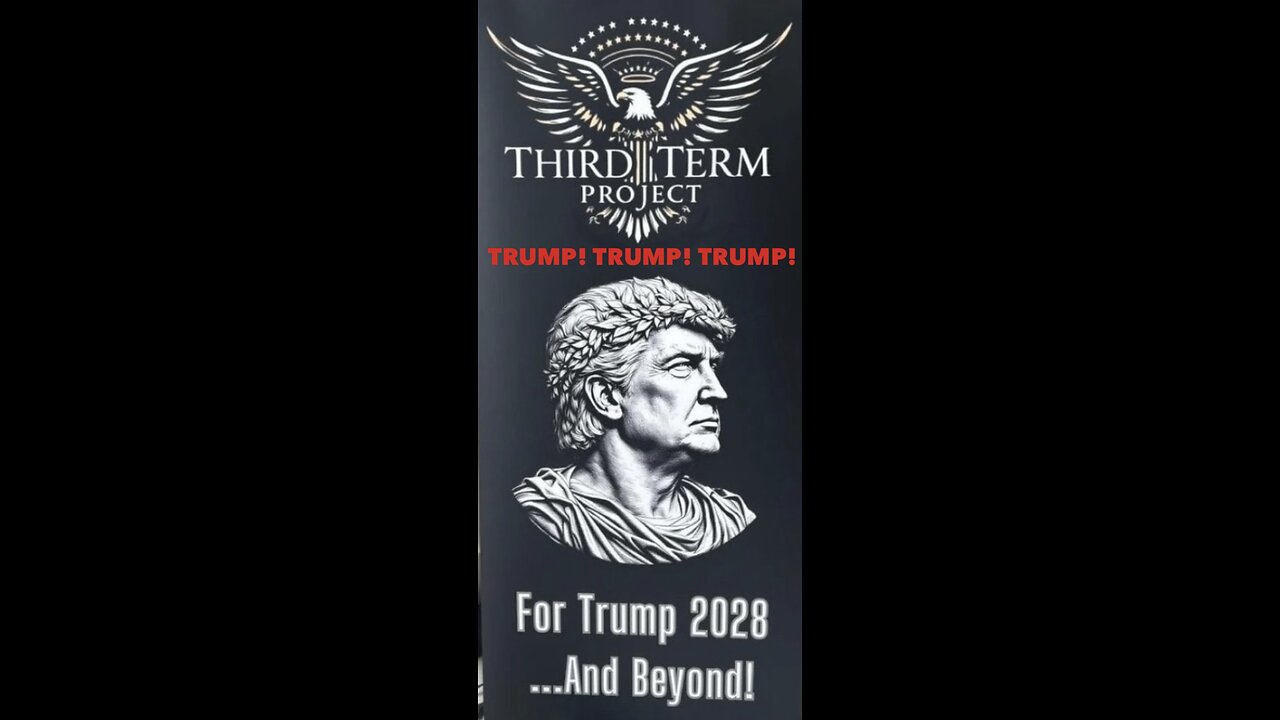But you are trying to get one for us.
History says otherwise, Mr. Apisa.
The 22nd Amendment to the U.S. Constitution, which limits presidents to two terms, was proposed on March 21, 1947, and ratified on February 27, 1951.
Why was it proposed?
The amendment was primarily a response to
DEMOCRAT President Franklin D. Roosevelt's unprecedented four-term presidency (1933–1945).
Before
DEMOCRAT FDR, presidents adhered to a two-term tradition set by George Washington, though this was not legally binding. FDR's extended tenure, enabled by his popularity and the crises of the Great Depression and World War II, raised concerns among critics about the potential for unchecked executive power and the risks of a president becoming too entrenched.
Republicans, in particular, pushed for a formal limit to prevent such extended presidencies in the future, arguing it would safeguard democratic principles and prevent potential abuses of power
After Republicans gained control of Congress in 1946, they introduced the amendment. It was proposed by Congress in 1947 and sent to the states for ratification.
By 1951, the required 36 states (out of 48 at the time) ratified it, reflecting broad support for curbing presidential tenure.
The amendment states that no person can be elected president more than twice, whether consecutive or non-consecutive, and includes provisions for vice presidents who assume the presidency mid-term.
The 22nd Amendment was driven by a desire to codify a historical norm and ensure no single individual could dominate the executive branch indefinitely.





